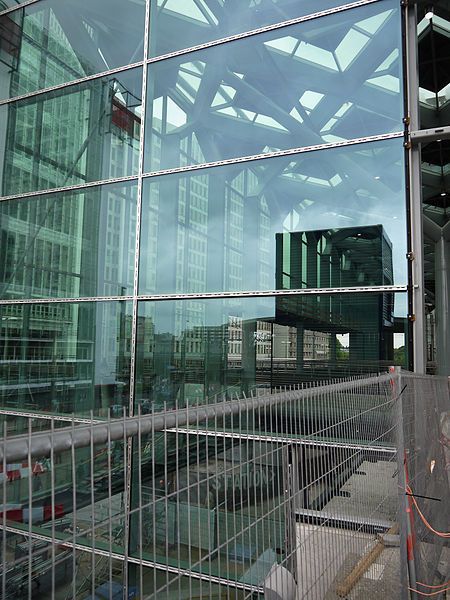
Improving the energy efficiency of buildings would have a major effect on European energy requirements. An EU initiative set out to make this a reality by developing smart windows for sophisticated light and heat control.

Increasing the aerodynamics of an aeroplane by developing wings that change their shape could one day lead to faster, more fuel efficient aircraft.
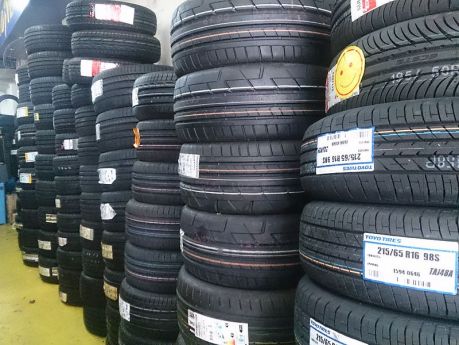
An EU group studied the deformation of automobile tyre rubber under braking on wet roads. Using novel software analysis of infrared images, the team modelled what happens to tyres and asphalt; results may yield improved materials.

Faster, more reliable and flexible rail freight services are needed across Europe. An EU initiative designed a new freight train with similar performance to that of a passenger train.

The EU-funded SQUTEC project has developed technology so sensitive that it can measure individual molecules.

A major technological challenge in compounding polymer nanocomposites (PNCs) is obtaining control over the dispersion of nanoparticles in the polymer matrix. A new piece of high-tech machinery is, for the first time, enabling adaptive process control and, therefore, quality control.

Light is considered an ideal reagent for environmentally friendly, green photocatalysis. The recent advent of nanotechnology has offered the possibility of carefully tuning the synthesis and properties of nanoparticles to be used as photocatalysts.

Researchers have developed ways to use natural fat-digesting enzymes in water-and-oil solutions to produce non-toxic products for the chemical, food and pharmaceutical industries.

EU-funded researchers have built a fully automated robotic platform that can detect and harvest ripe fruit in greenhouses and open fields. It can also be used for canopy spraying in orchards and targeted spraying in vineyards.

Using cost-efficient printing techniques, an innovative EU-funded project has incorporated wireless sensor technology into paper products. The technology offers innovative applications in a variety of different fields, varying from logistics to smart packaging.

An EU initiative developed a smart administrative system that can learn. It can capture, store, use and analyse information about an organisation's daily operation in order to help in the decision-making and knowledge-sharing process.

EU-funded scientists designed a tool to calculate the magneto-optic response of materials that are promising for innovative applications in condensed matter physics and nanotechnology. After the recent discovery of extraordinary materials, such as topological insulators and certain carbon nanostructures, this success seems to have come at the right time.
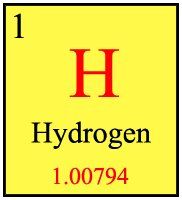
When hydrogen is absorbed by steels and other alloys, it reduces their ductility and load bearing capability. A series of computational models promises to aid several industries in evaluating the impact of hydrogen on the structural integrity of materials and components.

Global trends increasingly highlight the need for improved detection and identification of radioactive sources and nuclear materials. EU-funded scientists met this challenge by creating an innovative toolbox.

Aircraft engine designers have been attempting to simultaneously increase efficiency and reduce fuel consumption. EU-funded scientists tackled this problem with waste heat recovered from the exhaust system to power a modified piston assembly.

An EU initiative set up a research network on energy efficiency and the optimised use of home appliances. Currently, these white goods use more than 50 % of the total electrical energy consumed in the home.

Morphing skin offers the potential to decrease the fuel consumption of aircraft by allowing wings to adjust to changing flight conditions. EU-funded researchers have developed an engineering framework able to define the optimal design of such adaptive structures.

Boundary layer effects play a very important part in determining the drag for an aircraft. EU-funded researchers developed technology for drilling suction holes in the main aircraft drag-producing components, such as the wing leading edges and tailplanes, which promises to bring significant fuel savings.
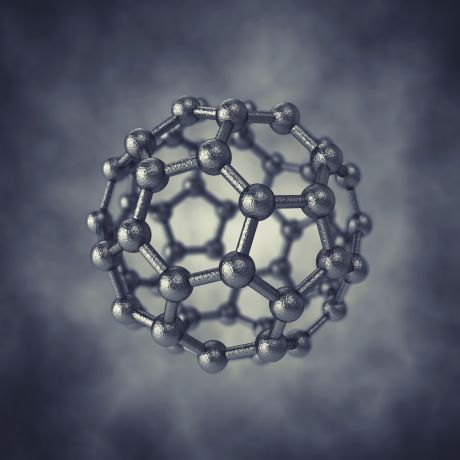
The emerging field of 2D materials has seen exponential growth since isolating graphene, a graphite layer that is just one atom in thickness. EU-funded scientists applied strain on sheets of graphene and a molybdenum-based semiconductor, demonstrating a fundamentally new way to control device properties at the nano scale.

Although the benefits of using lightweight polymer composites are well known, their wider adoption has been hindered by uncertainty over their performance when subjected to extreme heat. Now, EU-funded scientists have developed new materials that are either fire-resistant or provide protection with a minimum weight penalty.
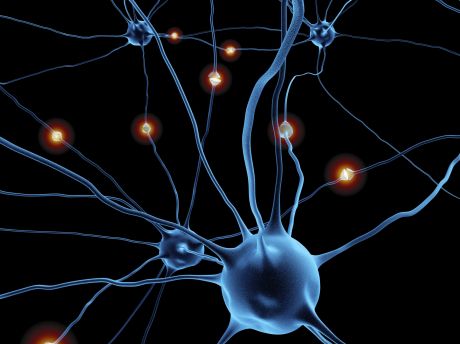
The EU-funded COLUMNARCODECRACKING project has successfully used ultra-high fMRI scanners to map cortical columns, a process that opens the door to exciting new applications, such as brain-computer interfaces.

Scientists are addressing health and environmental concerns over nanoparticles in the ink and pigment industry by developing non-toxic alternatives and implementing stricter safety protocols.

Shipping is the lifeblood of the modern economy and therefore vital for European businesses. Following strict regulations set by the International Maritime Organization (IMO), EU-funded scientists worked on ways to mitigate the industry's environmental impact.

EU researchers are miniaturising catalysts and chemical reactors to develop more sustainable ways to produce fine chemicals for many different industries.
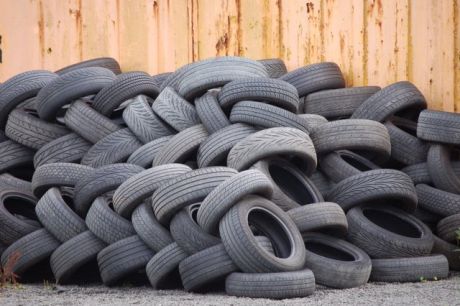
An EU team tested retreaded truck tyres to compile various functional parameters required by regulations. Results include a software tool, incorporating a novel algorithm, which facilitates an efficient methodology.
























